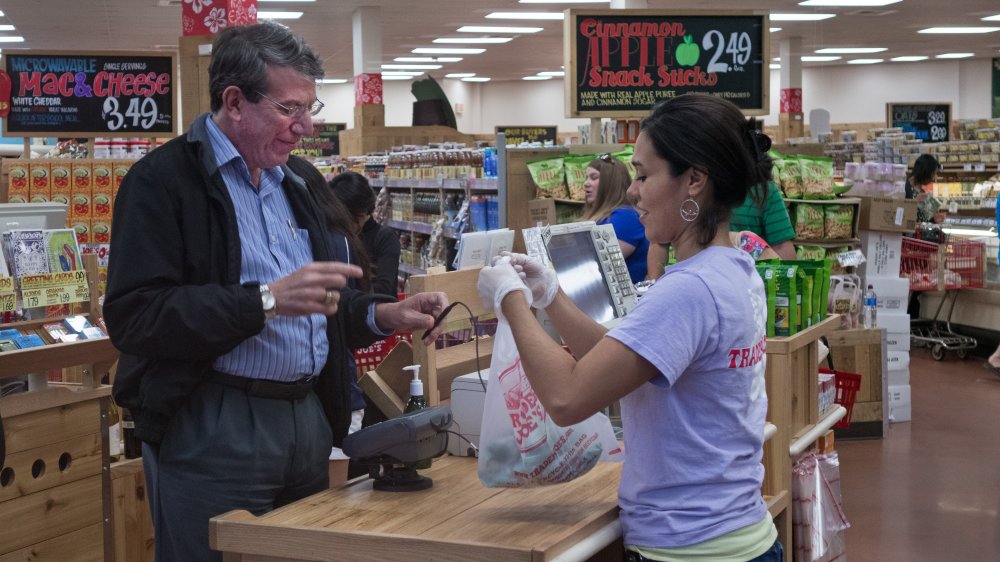When we ask managers to list the drivers of willingness-to-pay of their customers, their main focus is usually on tangible and intangible aspects of their products or services, such as quality attributes and brand. Obviously, these are important factors, but the willingness-to-pay of a customer can be influenced by a much broader set of drivers.
Every transaction your customer has with you is actually an entire journey, and at every step of this journey there is an opportunity to either delight your customer or have your customer suffer a pain point. We find it helpful to distinguish three phases of the customer journey: recognize—the part of the journey where a latent need of the customer arises and either the customer or the firm is made aware of it; request—the part of the journey where the need is translated into a request for a solution to the particular need; and finally respond—the part of the journey where the customer receives and experiences the solution.
Our research into connected strategies has revealed four distinct approaches that firms use to reduce the friction of this customer journey—in other words, four different connected customer experiences. These customer experiences are distinguished by what part of the customer journey they affect. The respond-to-desire connected customer experience starts at the point in the journey when a customer knows precisely what he or she wants. The firm’s goal is to make it as easy as possible for the customer to order, pay for, and receive the desired product in the desired quantity. The curated offering customer experience acts further upstream in the journey by helping the customer find the best possible option that would fulfill his or her needs. Both respond-to-desire and curated offering can only work if customers are aware of their needs. Firms creating a coach behavior customer experience help their customers at exactly that part of their journey: they raise awareness of needs and nudge the customer into action. Lastly, when the firm is able to be aware of a customer need even before the customer is aware of it, it is possible to create an automatic execution customer experience, where the firm solves the need of the customer proactively.
We want to reiterate that automatic execution should not be seen as the most desirable customer experience for every transaction. Customers differ in how much agency they prefer, and for some transactions the risk of getting it wrong with automatic execution outweighs the benefits. While technologists might see automatic execution as nirvana, good old-fashioned customer understanding is necessary to offer the most relevant experience to your customers, which may require you to create a range of connected customer experiences.
In sum, each of the four connected customer experiences has its own merits and works well in specific-use cases and for particular customers:
1. Respond-To-Desire works best when customers know what they want and the firm is capable of providing it quickly. The problem is that fulfilling a random customer request, such as “I want to eat a bacon cheeseburger now, even though I am in a vegetarian restaurant and it is three o’clock in the morning,” can be costly or impossible. The firm’s essential capability is an operational one: fast delivery, flexibility, and exact execution. Customers who like to be in the driver’s seat, having full control, like respond-to-desire.
2. Curated Offering makes sense when customers don’t know exactly what they want because they don’t know all the available options. In this setting, a firm can delight its customers by finding them a product best suited to their needs, and also gain efficiency benefits by proactively steering them toward something that can be easily provided. The key capability here is the recommendation process. Customers who like to make the final decision but still value advice benefit from curated offering.
3. Coach Behavior is of the most value for latent needs that customers are aware of but have a hard time pursuing themselves, because of inertia or some other behavioral reason. Yes, the customer wants a bacon cheeseburger, but once reminded of his cholesterol levels, he is willing to order a salad. For this to work, the firm needs to have a deep understanding of customers’ needs. This is often based on a rich information flow from the customer to the firm via automated hovering. It also needs to balance keeping the customer engaged and loyal with being parental and restrictive. Customers who do not mind sharing personal data if they see a clear payback in terms of being able to achieve personal goals are willing to engage in a coach behavior customer experience.
4. Automatic Execution should be the connected relationship of choice only if the firm is able to understand the user so well that it is better positioned to make purchase (or other) decisions than the user herself. It also requires a setting in which mistakes are not too consequential. Customers who are comfortable with having a continuous data stream from themselves (or their devices) to a firm and who trust that the firm uses the data to fulfill their needs at a reasonable cost will be the most open to an automatic execution customer experience.
Contributed to Branding Strategy Insider by: Nicolaj Siggelkow and Christian Terweisch. Excerpted from Connected Strategy: Building Continuous Customer Relationships For Competitive Advantage, (Harvard Business Review Press, May 21, 2019] Copyright 2019 by Harvard Business School Publishing Corporation. All rights reserved.
The Blake Project Can Help You Create A Brighter Competitive Future In The Jobs To Be Done Workshop
Branding Strategy Insider is a service of The Blake Project: A strategic brand consultancy specializing in Brand Research, Brand Strategy, Brand Growth and Brand Education




